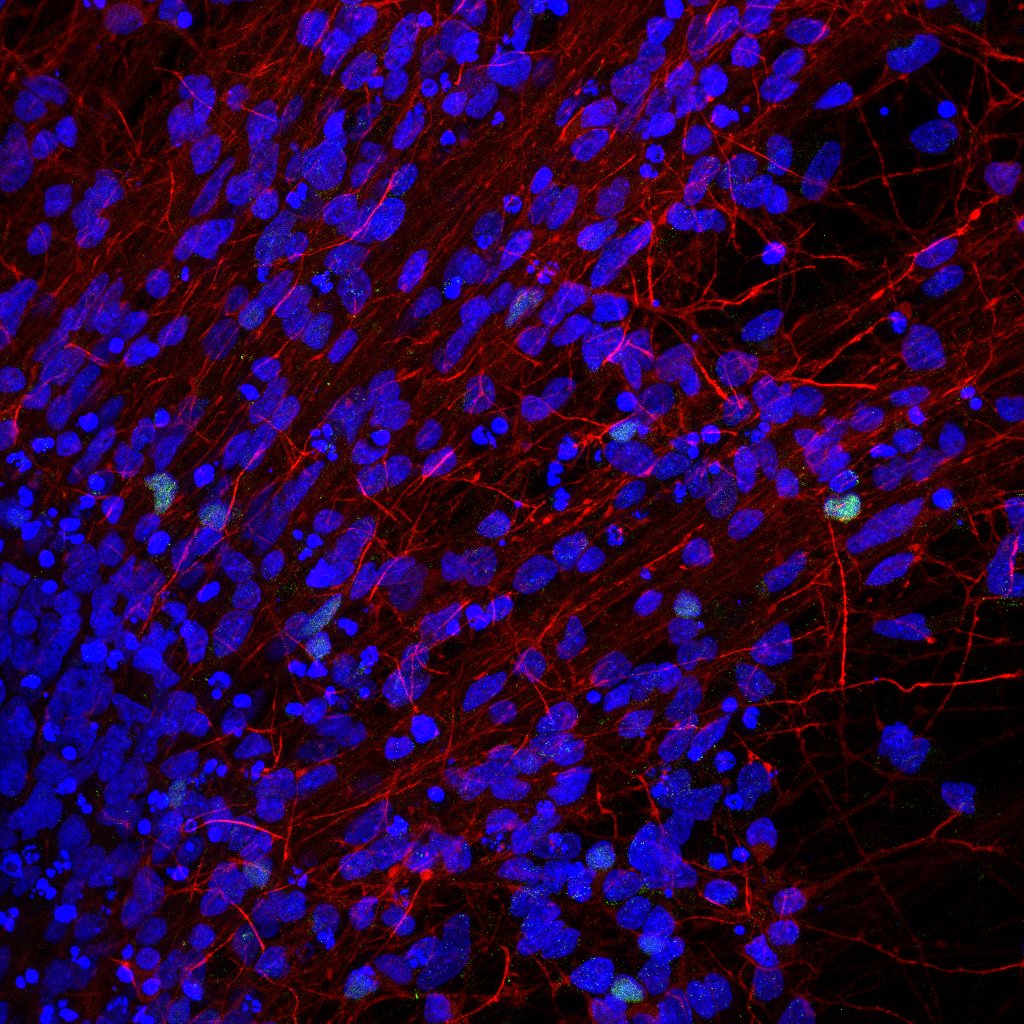Architecture of phosphoinositide signalling systems
Our long-term scientific interest is to understand cellular communication strategies mediated by lipid molecules generated by the metabolism of phosphatidylinositol. These lipid signals, called phosphoinositides (PIs), provide molecular control for key sub-cellular processes such as membrane remodeling, cytoskeletal function, transcription and translation. Through these processes, PIs orchestrate basic cellular behaviors such as cell division, shape changes, polarized movement and cell death and thus play a key role in several physiological processes including early embryogenesis, lymphocyte development and function as well as neuronal activity. The spatial and temporal levels of PIs are controlled by a set of evolutionarily conserved kinases and phosphatases and mutations in these genes are known to result in several human diseases. The overall goal of our work is to understand how the architecture this signaling cascade is designed to optimally deliver physiological outputs. We have a particular interest in understanding the control of cellular neurobiology and human brain diseases by PI signaling.
We also study the function of phosphoinositides in neuronal cell biology and brain disorders using human genetics and iPSC derived neural cell models in cell culture. The goal of this work is to uncover the function of altered phosphoinositide signaling in controlling neuronal cell biology and changes in these that may underlie human brain disorders.
Our work on brain disorders is done in collaboration with clinicians at St. John’s Medical College, Bangalore, the Brain Development and Disease Mechanisms theme at inStem (https://www.instem.res.in/













